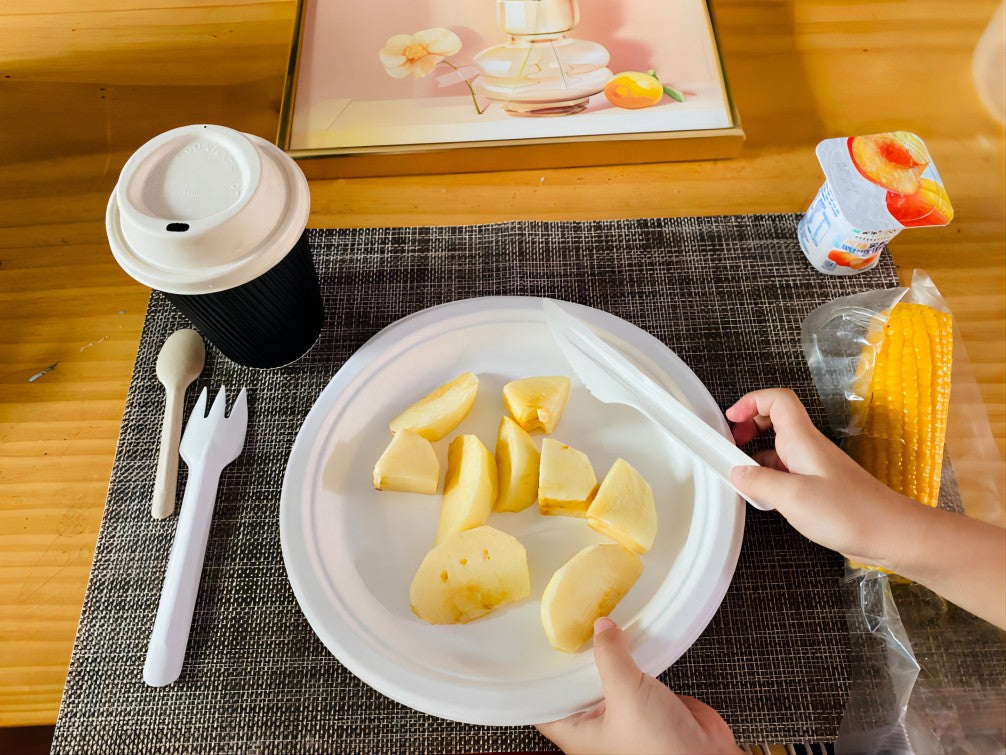According a recent report published by Toward Packaging Magzine on World Cups and Lids Market Size by 2033, the global cups and lids market size reached USD 19.92 billion in 2023 and is projected to hit USD 61.37 billion by 2033, expanding at a CAGR of 11.91% during the forecast period from 2024 to 2033.
The report covers Cups and Lids Market Size, Companies, Segments by Materials (Paper Foam, Plastic, Other Materials), Products (Packaging Cups, Other Cups, Lids, Drinking Cups), End-uses (Food Services, Food & Beverage, Retail & Wholesale, Others), and Regions (North America, Europe, Asia Pacific, Latin America, Middle East & Africa). The report offers the value (in USD Billion) for the above segments.
- By region, North America dominated the global cups and lids market in 2023.
- By region, Asia Pacific is expected to grow at a significant rate in the market during the forecast period.
- By material, the plastic segment held the largest share of the market in 2023.
- By material, the paper segment is estimated to show significant growth in the market over the forecast period.
- By products, the packaging cups & other cups (portion cups and food cups) segment is expected to grow at significant rate during the forecast period.
- By end user, the food & beverage segment dominated the market in 2023
- By end use, the food service industry segment is expected to witness significant growth in the market over the forecast period.

From the report data, we know that US still the biggest market for cups and lids. Every year, the U.S. manufactures over 3 million tons of polystyrene. Additionally, 80% of it—including roughly 25 billion cups annually—ends up in the trash. This means that around one-third of the landfill space is occupied by the stuff. Polystyrene takes around 500 years to decompose into waste.

Restraint Certain limitations and concerns about environmental safety The limitations for the use of plastic and increasing concerns about environmental safety can restrict the growth of the cups and lids market to a certain limit. The production of a single styro-foam cup emits roughly 33g of CO2. That represents the same as traveling around a tenth of a mile. As paper cups are waterproofed on the inside with a thin plastic covering, disposable paper cups are a common example of single-use plastic products. Paper cups usually wind up in landfills or are disposed of incorrectly, adding to the amount of (micro)plastic trash and perhaps contaminating the world's oceans. • In June 2023, according to the data published by the National Centers for the Biotechnology Information, it was estimated that due to the disposable cups, the plastic and paper accumulations have increased, which has been found to be hazardous for nature.
The U.S. produces about 21 million tons of CO2 annually from the production of polystyrene, which is roughly the same as the emissions from 4.5 million cars. Globally, paper cups are consumed at an astounding rate; in the U.K. alone, 7 million cups are consumed every day, resulting in an annual production of 30,000 tonnes of waste paper cups.
From this report, we can tell that biodegradable eco friendly cups and lids have huge growth space since current plastic cups and lids still hold the largest share of the market, and as people are more environmentally conscious, and the circular economy and calls for sustainability, water-based cups and lids made of new materials, such as fiber lids made of natural plant would be perfect alternatives for existing plastic cups and lids.
At Biogreen Pak, we are always committing to making the earth greener, we offer one-stop solutions for eco friendly food and beverage packaging products including biogegradable sugarcane pulp containers, bagasse plates and bowls, bagasse cutlery sets, paper cups and lids, cup holders, etc.Hope we can help you to catch this switch, feel free to drop us a message if needed.
Report Source: https://www.towardspackaging.com/insights/cups-and-lids-market-sizing


